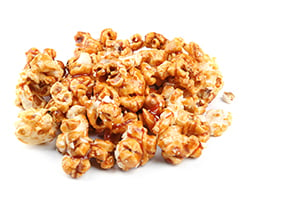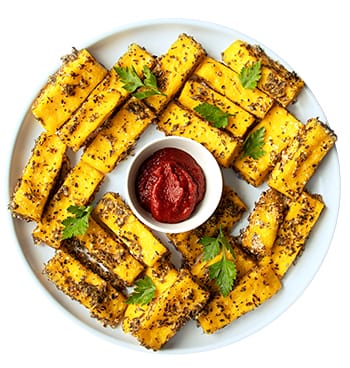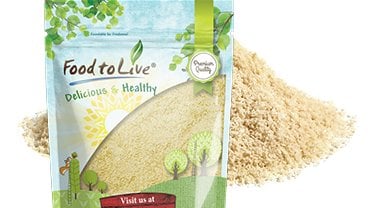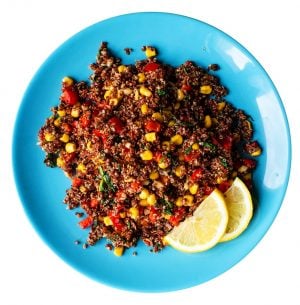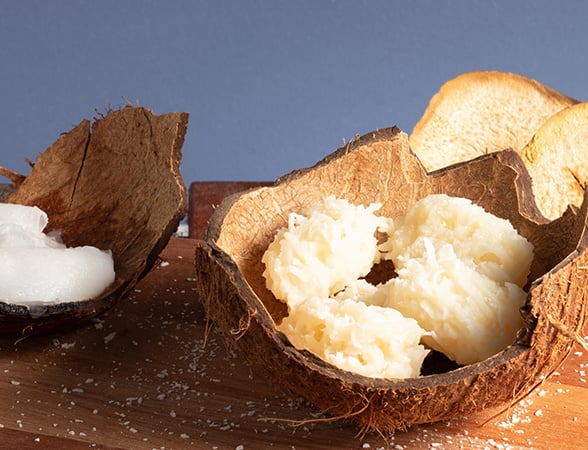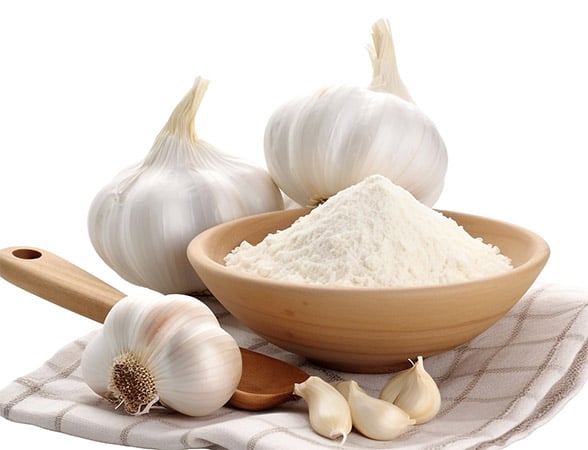May 28, 2022 · Written by Foodtolive Team
The Difference Between Cornmeal, Corn Flour and Polenta
Сorn has become the primary US grain of crucial industrial and food importance. When it comes to food, nothing is more dominant on American soil than corn. In comparison to most other U.S crops, corn grows almost in each corner of the country, and has incredibly high yields (hence why it is so popular). This article aims at outlining the differences between corn products affordable to anyone but not less nutritious than the pricy ones.
We will begin with cornmeal – it is dried and ground field corn made from the endosperm of the corn kernel; [1] Corn flour on the other hand is defined as the smallest, silkiest grind of corn kernels. Thirdly, Polenta is coarsely ground yellow cornmeal. [2]

Cornmeal vs Corn Flour vs Polenta: the Key Difference
Both cornmeal and corn flour are made of corn but they are used for different culinary purposes. Corn flour is naturally gluten-free, so it’s incredibly good for baked goods like breads and waffles. Cornmeal is often used in porridge dishes, muffins, tortillas, and cornbread. The key difference between polenta and cornmeal is that polenta is a dish you make from cornmeal, while cornmeal is just an ingredient. In other words, Polenta is an Italian dish made of boiled ground corn.
What makes each corn product so unique is the processing, taste, texture, and nutrients. Thus, cornmeal has a buttery flavor, corn flour is earthy-like and sweet, while polenta tastes like a hearty corn porridge. While cornmeal is coarse, corn flour is fine, and cornstarch is powdery in texture. [3]
Cornmeal
Cornmeal nutrition facts and health benefits are enormous because cornmeal is cholesterol-free, low-fat, gluten-free, and low-sodium. Unlike other corn products, cornmeal is higher in carbohydrates and is a good source of vitamin B6 and folate. Cornmeal is made by grinding its kernels into one of the two ways:
- stone-grinding (not the best choice as the hull and the germ of the kernels are not all removed)
- through steel rollers that remove most of the husk and germ.
The image below contains data reported by the USDA: a portion – 100g [4]
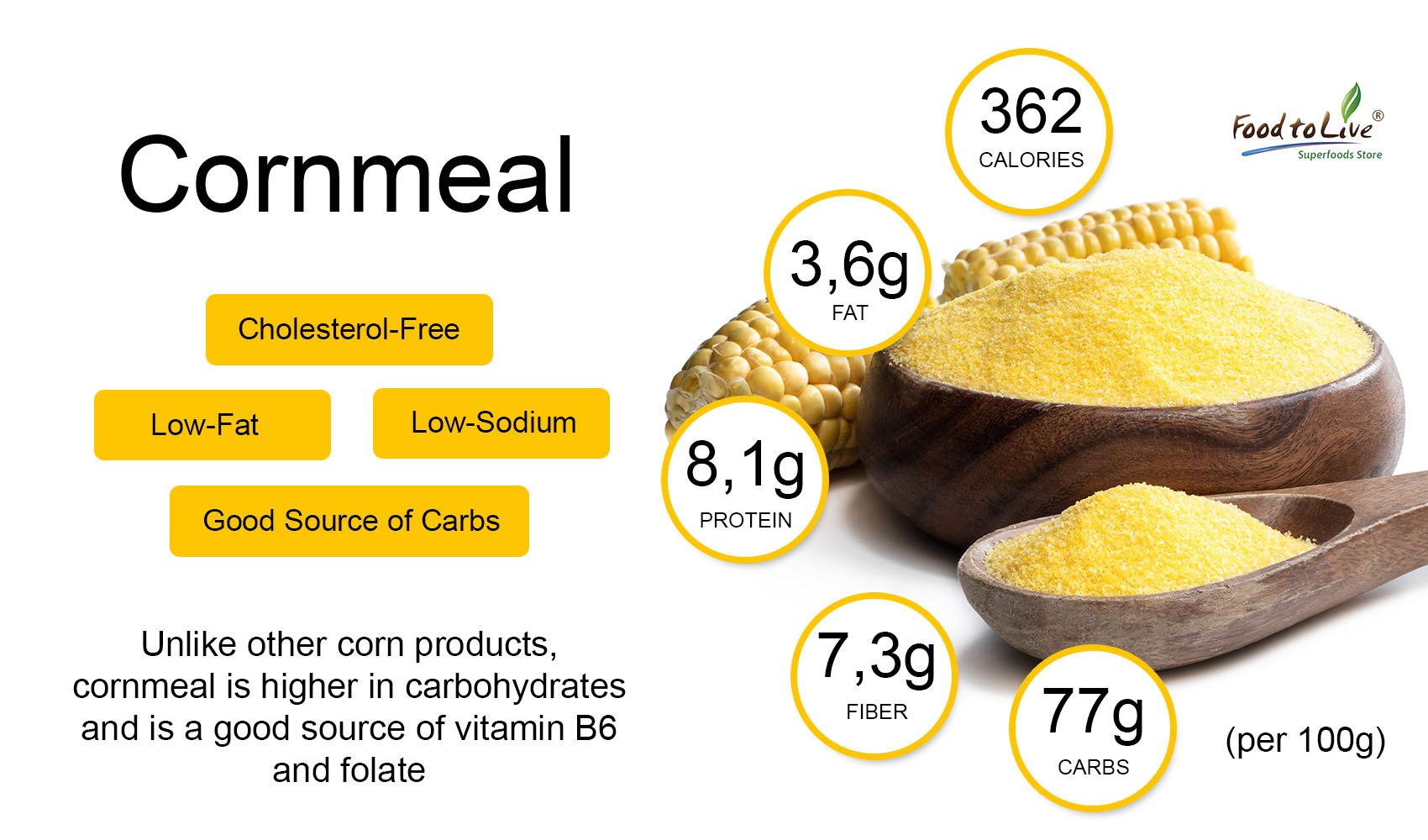
Corn Flour
Corn flour is processed by finely grinding corn kernels that result in a wonderful content of fiber, starch, proteins, vitamins, and minerals. Thus, it is no less nutritious: the content of iron helps to saturate blood cells with oxygen having a positive effect on overall health and well-being. Calcium strengthens bones, teeth, and nails. Corn flour also normalizes metabolic processes and cleanses our bodies. It is rich in various Vitamins: Vitamin A, Vitamin B1, Vitamin B2, Vitamin E, and Vitamin PP. On top of that, corn flour has a positive effect on the heart and blood vessels, normalizing blood circulation and helping to restore vascular elasticity. Corn flour contains insoluble fibers like amylose, cellulose, and lignin that get fermented in the colon and support a diverse microbiome, that some experts feel has a positive effect on the overall digestion. Freshly made corn flour is rich in disease-preventing antioxidants. It contains polyphenols (a specific type of antioxidant) that help fight free radical damage racked up by processed foods. [7]
Corn flour, yellow, whole-grain nutrition facts, and analysis per 1 cup (117 g)[5]
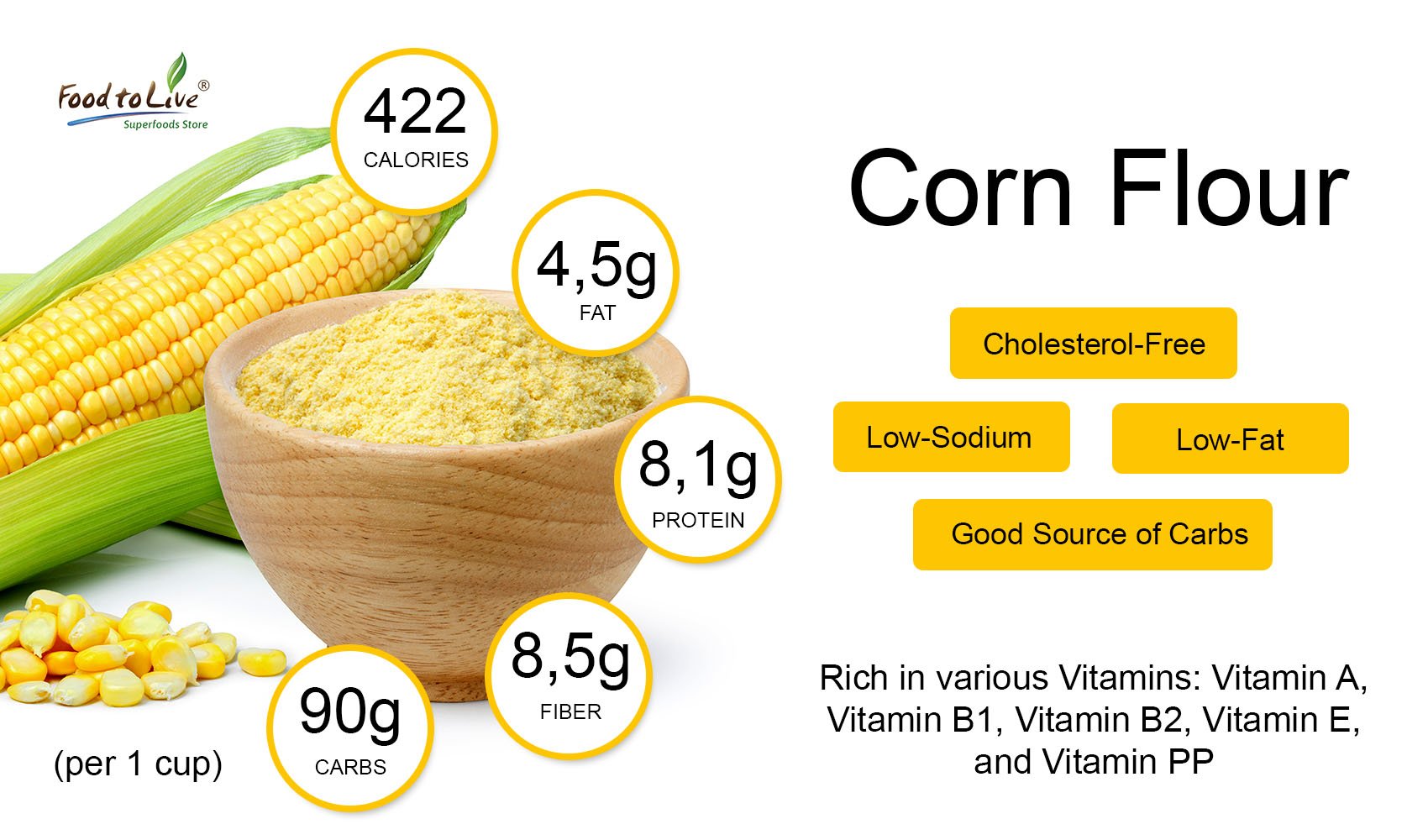
Polenta
Polenta nutrition is also significant. If you add milk to polenta instead of water, the dish becomes even more nutritious. Polenta contains both protein and fiber, so it quickly saturates the body. Fiber helps maintain the proper functioning of the digestive system, promotes the growth of healthy intestinal bacteria, and prevents constipation.
The data presented below is the content of nutrients in 1 cup (240g) of polenta [6]
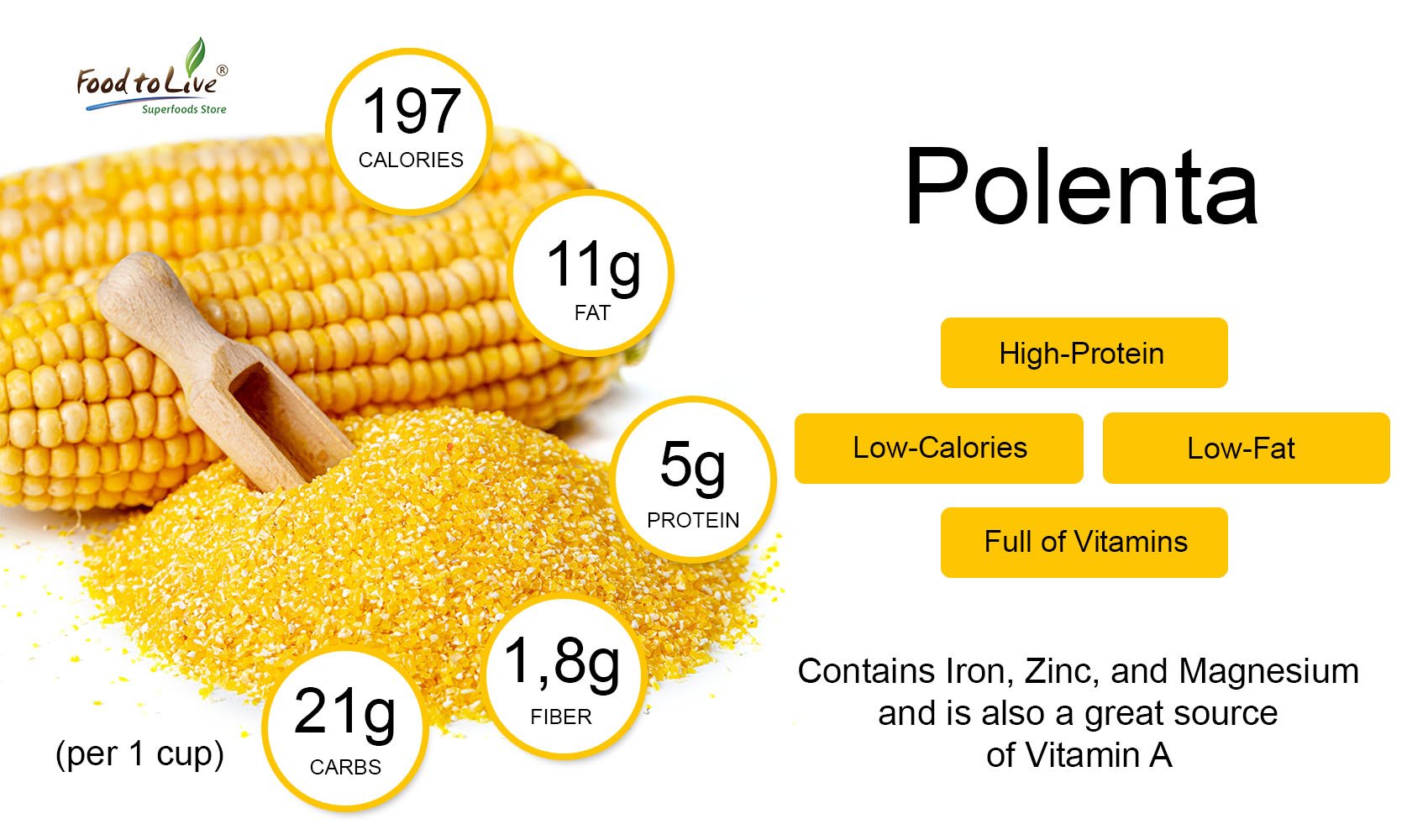
Polenta is high in carbohydrates, and these carbohydrates are complex, so they do not create high stress for the pancreas. Interestingly, there are a few types of polenta: coarse ground, finely ground, instant, white, and precooked. Polenta is traditionally associated with Italian cuisine, however, it is now widely used in other countries. You can make polenta by boiling the coarsely-ground type cornmeal in water with a 4 to 1 water to cornmeal ratio. It has a mild corn aroma, which makes it a good base for adding herbs, vegetables, and cheese. Polenta can be used as a side dish and can be eaten with fish or meat. Although polenta is of porridge-like consistency, it becomes hard enough to cut if cooled.
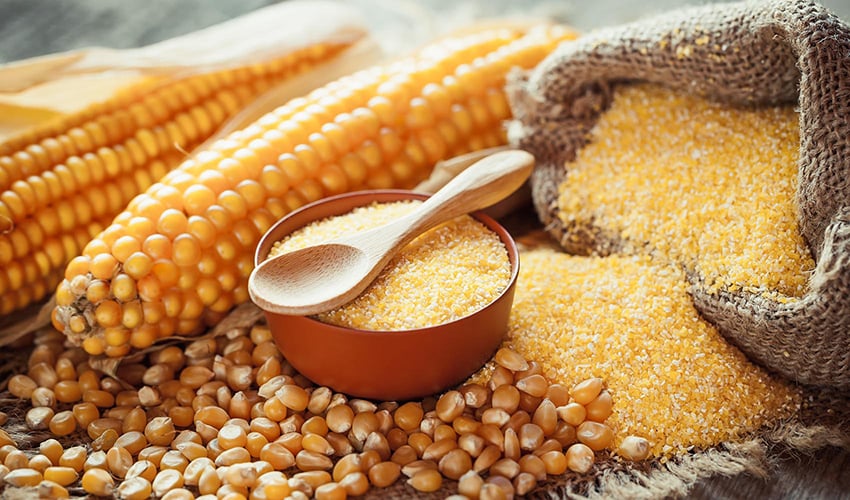
Are There Any Dark Sides of Corn Products
Corn flour isn’t recommended for kids under 1 year and for people suffering from gastrointestinal tract diseases. Generally, consuming corn products promotes blood clotting, so it is contraindicated if one is prone to thrombosis. The amount of carbohydrates and saturated fats in corn flour does not exceed the norm, however, it isn’t recommended for children with wheat flour allergy or diathesis. Corn flour also prevents weight gain, therefore, people suffering from underweight or poor appetite, as well as patients with anorexia should not consume it.
What Are Corn Products Suitable For
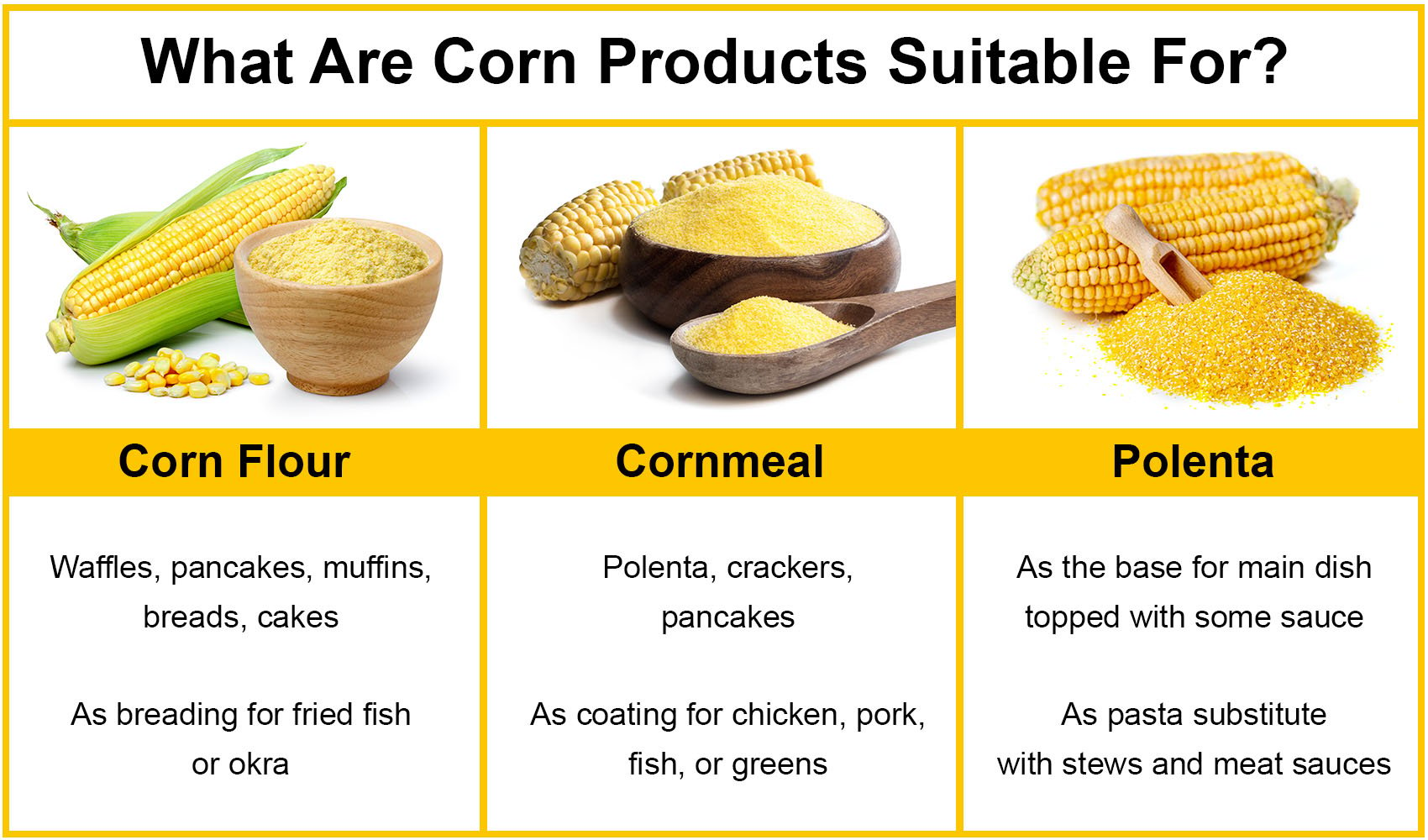
For Americans, corn products like cornmeal, corn flour, and polenta are an integral part of the national cuisine even though most field corn grown in the US is used as animal food. We consume popcorn, sweet corn, beverages, and other meals made from corn. Nevertheless, corn products are much more meaningful than that: they have become of global importance: being the world’s most dominant and productive crop, with extensive areas of land dedicated to global production yields of over 1 billion metric tons; it is also used for high fructose corn syrup, sweeteners, starch let alone its use in cosmetology and ethanol production. [9]
References:
- https://www.bonappetit.com/story/how-to-buy-and-use-cornmeal
- https://www.bonappetit.com/story/how-to-buy-and-use-cornmeal
- https://www.masterclass.com/articles/cornmeal-vs-corn-starch#cornmeal-vs-cornstarch-vs-corn-flour-whats-the-difference
- https://fdc.nal.usda.gov/fdc-app.html#/food-details/169697/nutrients
- https://www.nutritionvalue.org/Corn_flour%2C_white%2C_whole-grain_nutritional_value.html
- https://www.nutritionix.com/food/polenta
- https://recipes.timesofindia.com/us/articles/health/is-corn-flour-good-for-the-human-body/photostory/65721393.cms?picid=65721423
- https://www.allrecipes.com/article/what-corn-flour/
- https://futureoffood.org/insights/the-global-importance-of-maize-diversity/

